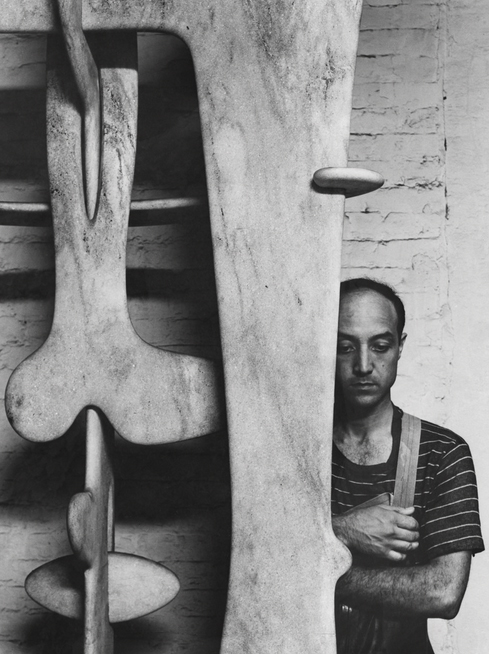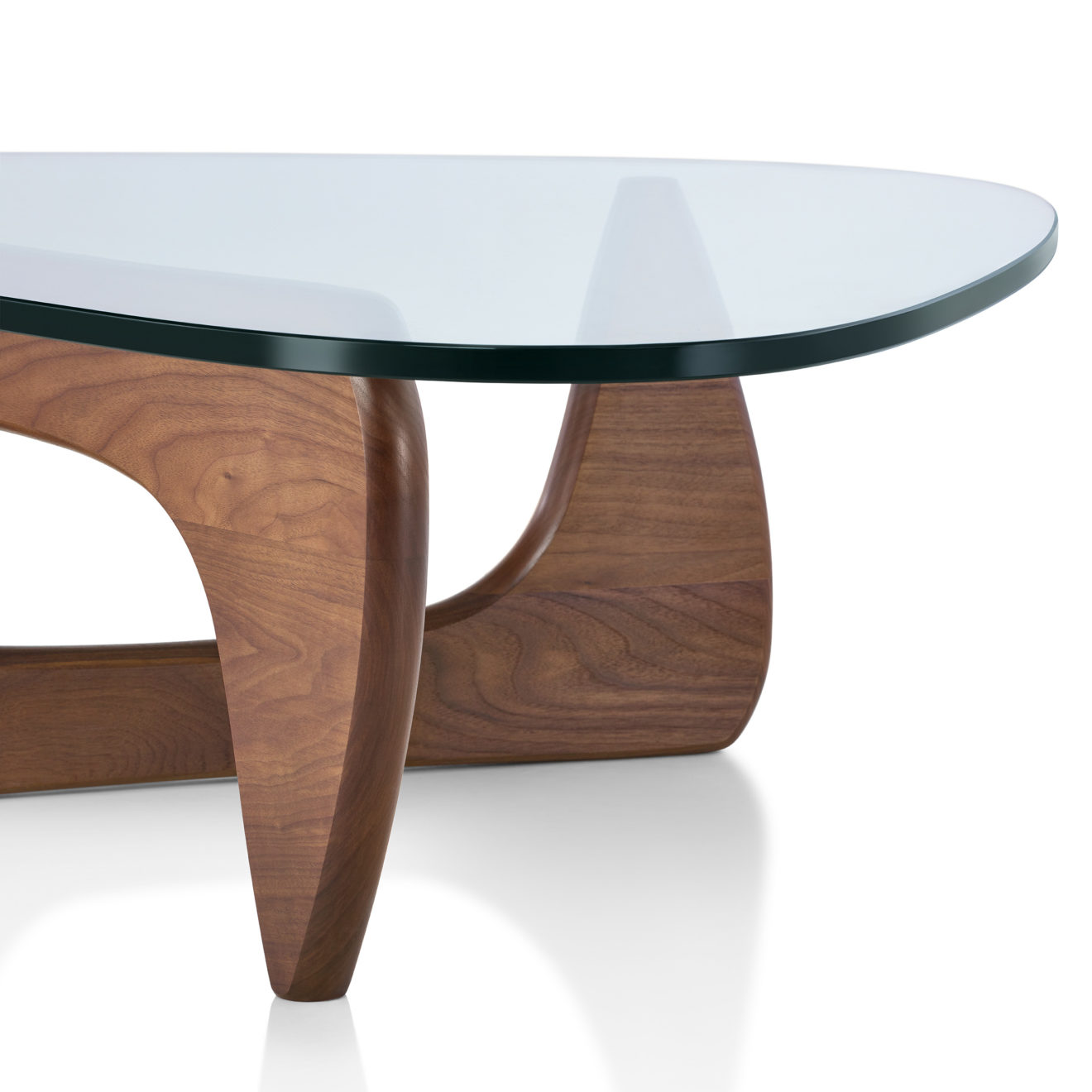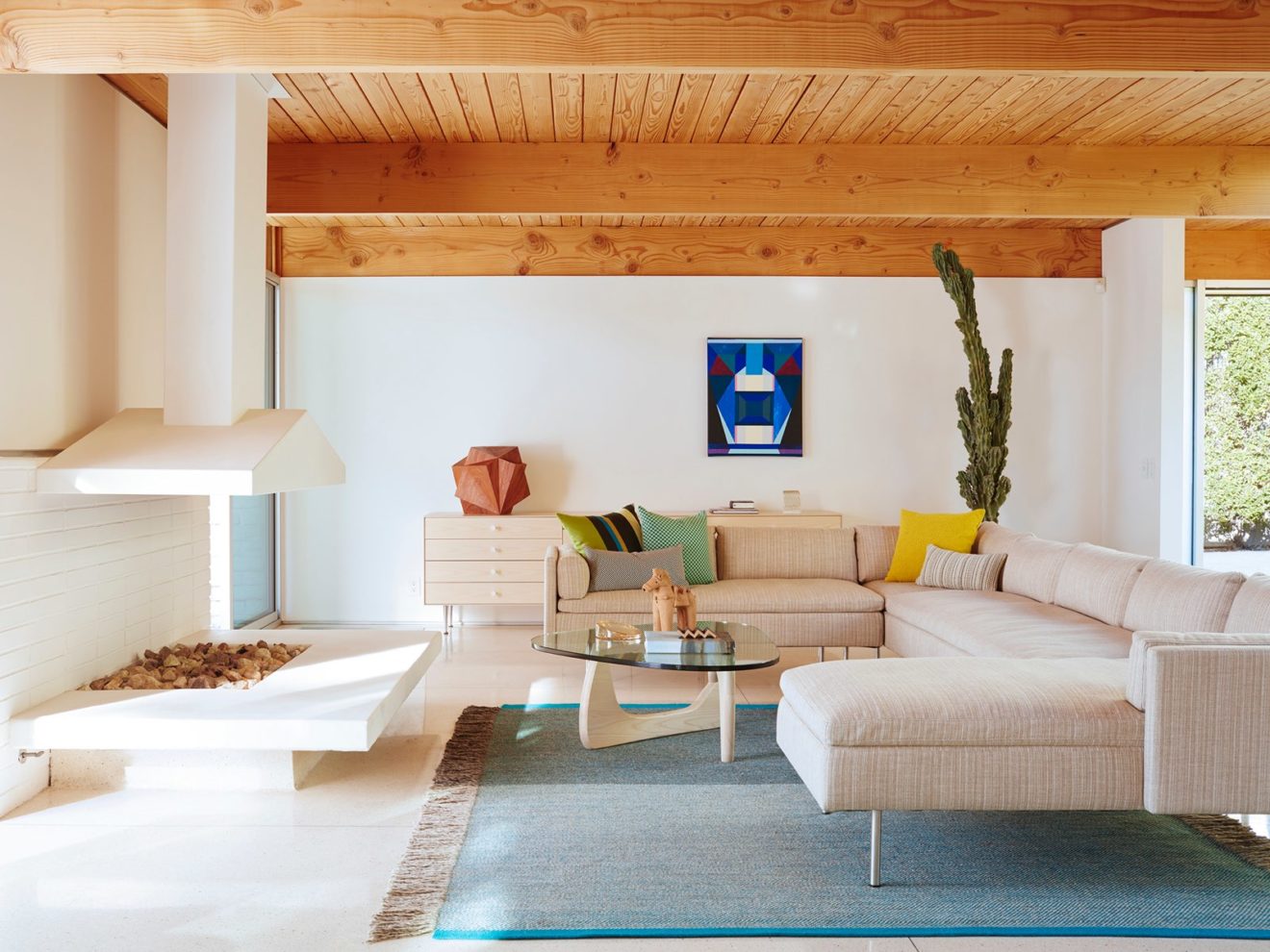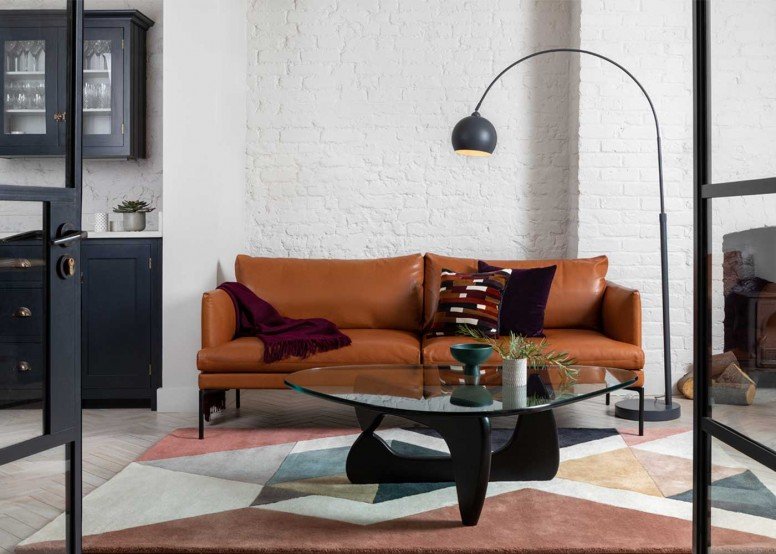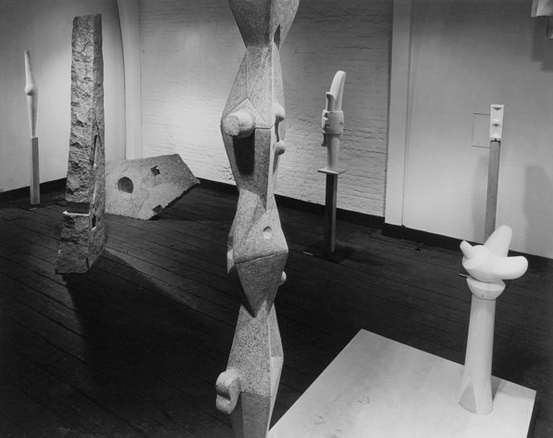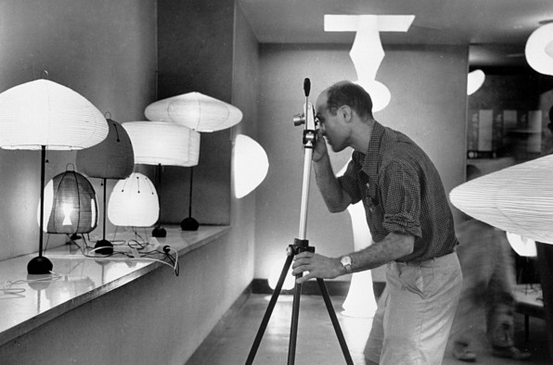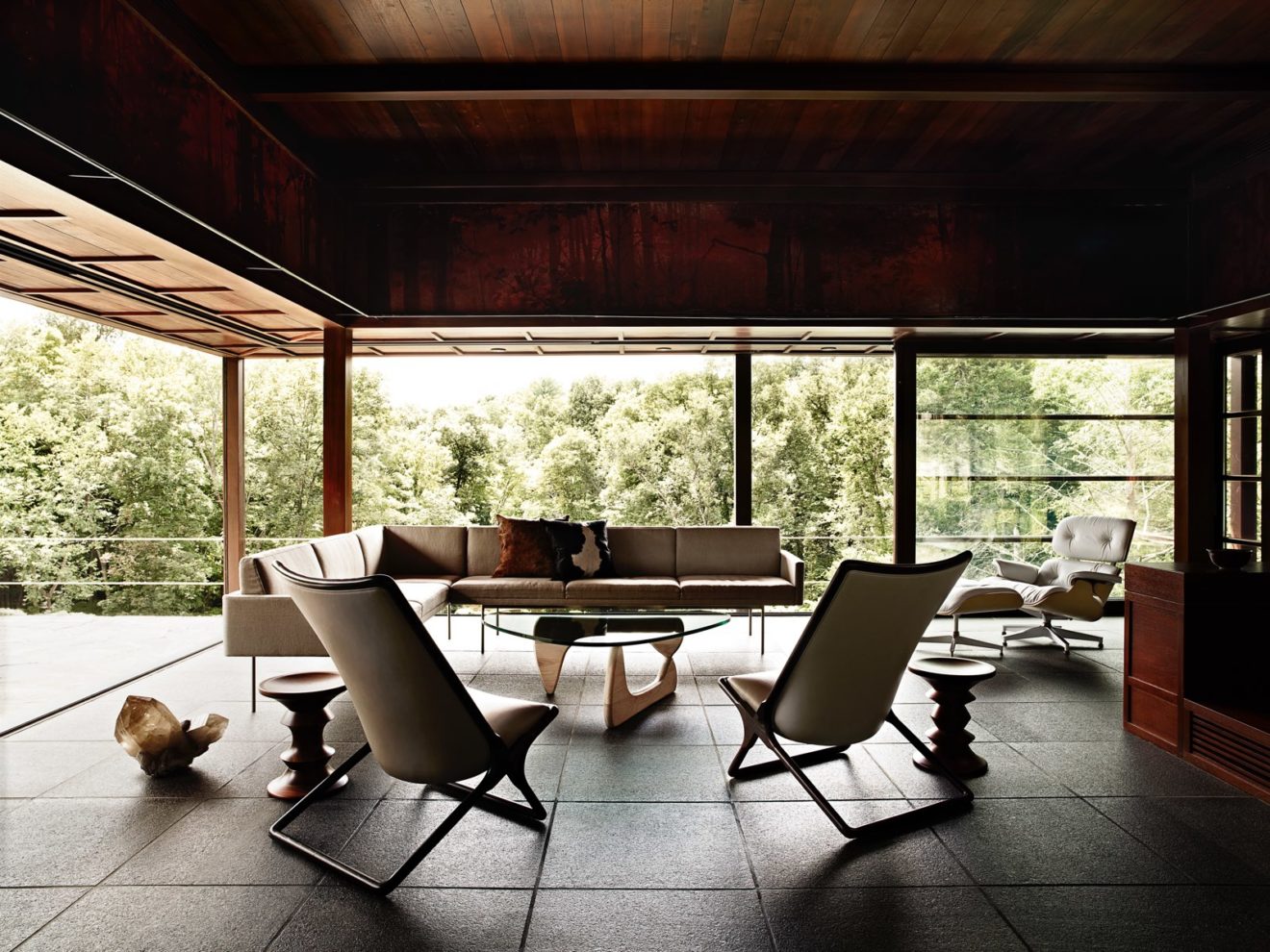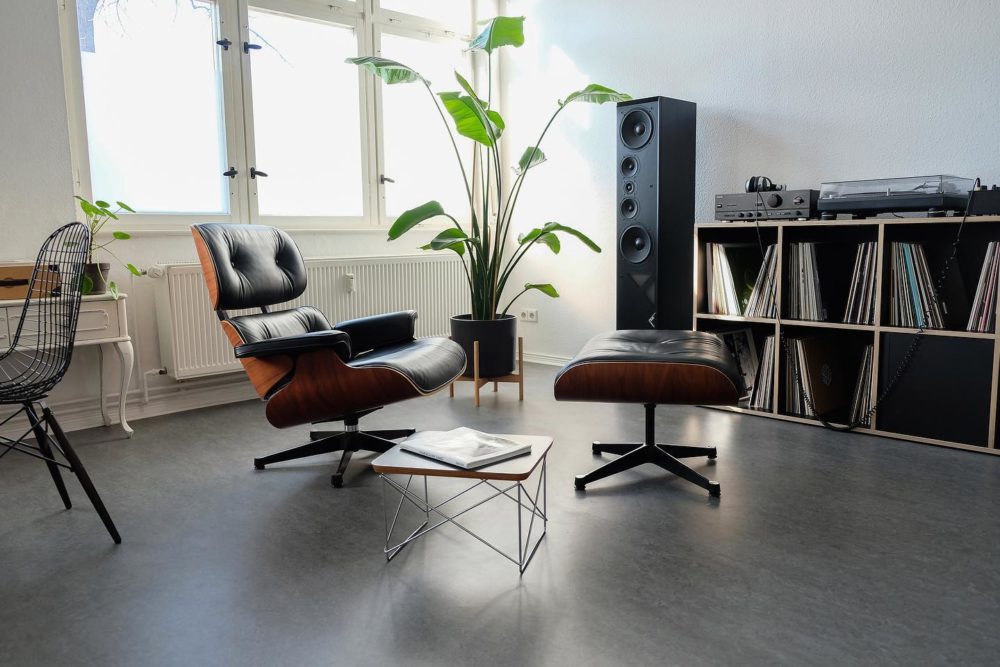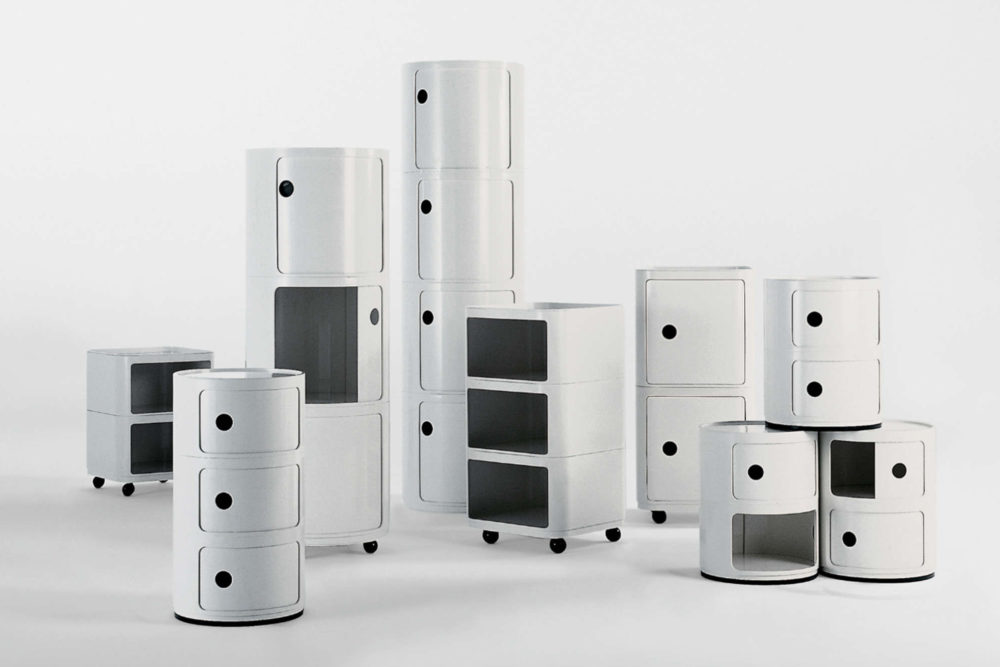Noguchi Table
Isamu Noguchi was a pioneering creative of his time, with a long career that saw him designing not just furniture, but gardens, fountains, lamps, and even stage sets for the inimitable dancer and choreographer, Martha Graham.
Noguchi believed that “everything is sculpture” and, indeed, when the creative itch struck Noguchi would use just about anything he could get his hands on to work out an idea, be it clay or stone, paper or wood. He wasn’t one to stick to a particular style either, preferring not to limit himself to one school or discipline; “I am always learning, always discovering”, he said.
In 1939, Noguchi went to Hawaii to work on an advertisement with Georgia O’Keefe. Whilst there, he met furniture designer T.H. Robsjohn-Gibbings, who asked Noguchi to design him a coffee table. Noguchi did, and presented him with a small model made in plastic, but heard nothing more.
Noguchi was then interned in an Arizona concentration camp during World War II, because of his Japanese-American heritage. Whilst there, he was surprised to see a variation of that little plastic model he had given Robsjohn-Gibbings being publicised in an advert for the English designer. In his autobiography, Noguchi recalls his response: “When, on my return, I remonstrated, Robsjohn-Gibbings said anybody could make a three-legged table. In revenge, I made my own variant of my own table.”
Noguchi’s new table was used to illustrate an article called ‘How to Make a Table’, written by George Nelson, a designer for Herman Miller. This was the table that was to become the iconic coffee table we know today, which combines sculptural form with effortless, everyday function.
The Noguchi Table is made from just three pieces. The base is made in two parts, which interlock to form a stable tripod. This creates an attractive and durable rest for a 19mm-thick glass top. Today, the solid wood base comes in a variety of options, including walnut, which was one of the original variants when the table was launched.
As with any design classic, replicas are readily available but you can identify a true Isamu Noguchi as the glass top has his signature etched into its edge, and on a medallion to the underside of the base, along with the Herman Miller logo.
Despite his long list of artful endeavours before and since the Noguchi Table, he considers it his only true success.

